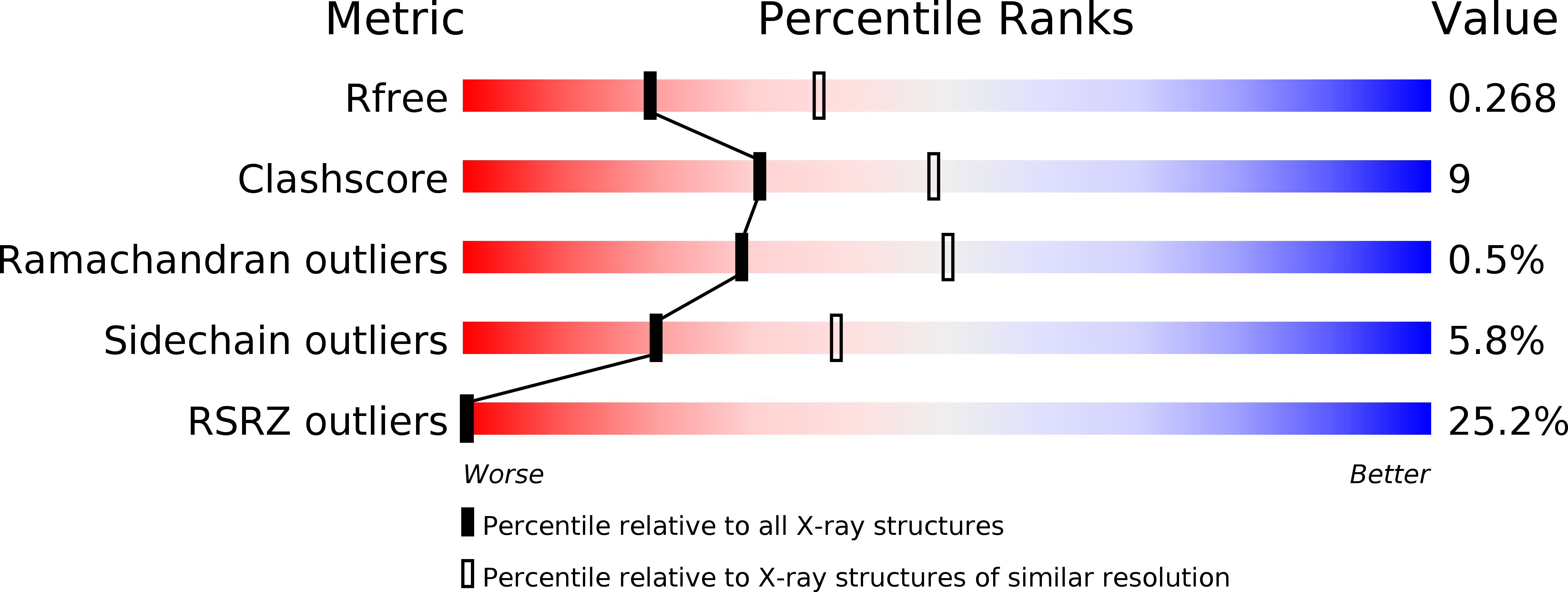
Deposition Date
2014-03-29
Release Date
2015-02-11
Last Version Date
2024-03-20
Entry Detail
PDB ID:
4PZD
Keywords:
Title:
Crystal structure of (S)-3-hydroxybutyryl-CoA dehydrogenase PaaH1 in complex with NAD+
Biological Source:
Source Organism:
Ralstonia eutropha H16 (Taxon ID: 381666)
Host Organism:
Method Details:
Experimental Method:
Resolution:
2.61 Å
R-Value Free:
0.26
R-Value Work:
0.19
R-Value Observed:
0.20
Space Group:
C 1 2 1


